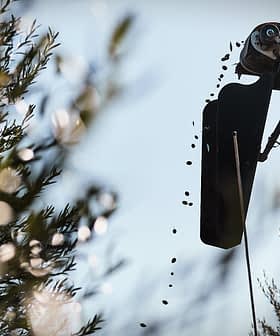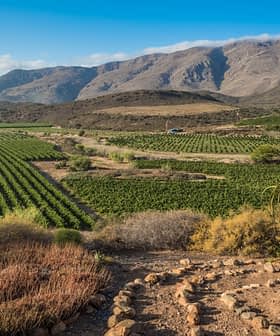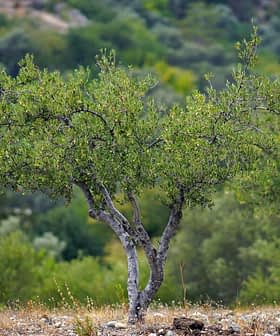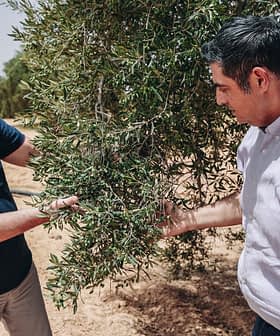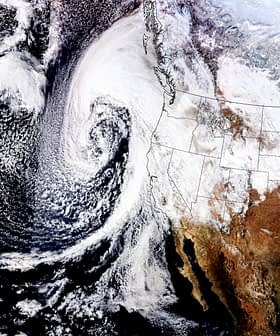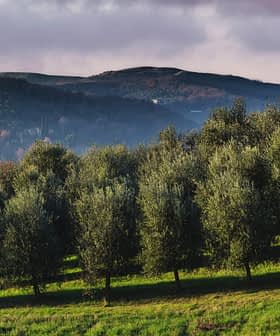Drones Help Olive Farmers Target Treatments, Increase Profitability
Using drones, multi-spectral cameras and remote sensors, olive farmers can make accurate nutrient predictions, target phytosanitary treatments and more precisely apply fertilizers and irrigation.
Drones can effectively help olive growers monitor their trees, providing useful data about the health of each one and helping to detect disease.
These were a few of the major takeaways from a study undertaken by the Association of Young Farmers and Ranchers (Asaja), the Andalusian government, the University of Jaén and several other interest groups.
The present and the future are here, and we have to start cultivating with these new technologies.
Over the course of two years, olive growers in the provinces of Jáen, Córdoba, Málaga, Granada and Almería flew drones with multi-spectral imaging cameras over their trees. These cameras picked up data from sensors that had been placed on the trees themselves or on the ground nearby and were then analyzed using a newly developed application.
“New technologies have come to stay,” Rafael Navas, the secretary-general of Asaja Córdoba, said. “Precision agriculture already exists and that is a fact. But it does not exist in the olive grove.”
See Also:Olive Oil TechologyUsing the remote sensors, drones were able to collect data on the amount of water in each tree, the nutrient levels in the leaves and soil, leaf growth and mass, and tree canopy size, among others.
This data was then used to produce a set of heat map-like images, which were put through an application that used artificial intelligence to generate future nutrient predictions.
Simultaneously, olive leaves were collected and sent to a local laboratory to undergo foliar chemical analysis, which can be difficult, expensive and time-consuming, but provides accurate readings of the same data.
The result of the analysis showed that 80 percent of the future nutrient predictions made using the drone-created maps were accurate.
Anastasio Sánchez, the head of the Atlas Flight Center, which was also involved in the study, added that this type of precision agriculture is faster, cheaper and more precise than foliar analysis.
“This allows us to have a very accurate photo, not only of a specific plantation, but of the state of each of the areas of its plantation, and to apply any type of phytosanitary treatments much more selectively,” he said.
Not only can the use of drones save farmers time and money, but this type of precision agriculture can also lower the environmental impact of farming by allowing irrigation, pesticides and fertilizers to be targeted at certain sections of the grove instead of being applied uniformly.
“Being able to focus treatments needed to optimize harvests in particular areas of the farms greatly improves the profitability of crops,” Sánchez told Olive Oil Times in a 2017 interview. “All of this leads to a reduction of the environmental impact of farming activities, saving water and phytosanitary products.”
The organizers of the study hope that these positive results will lead to the wider use of drone-assisted growing.
“The present and the future are here, and we have to start cultivating with these new technologies,” Navas, of Asaja Córdoba, said.

